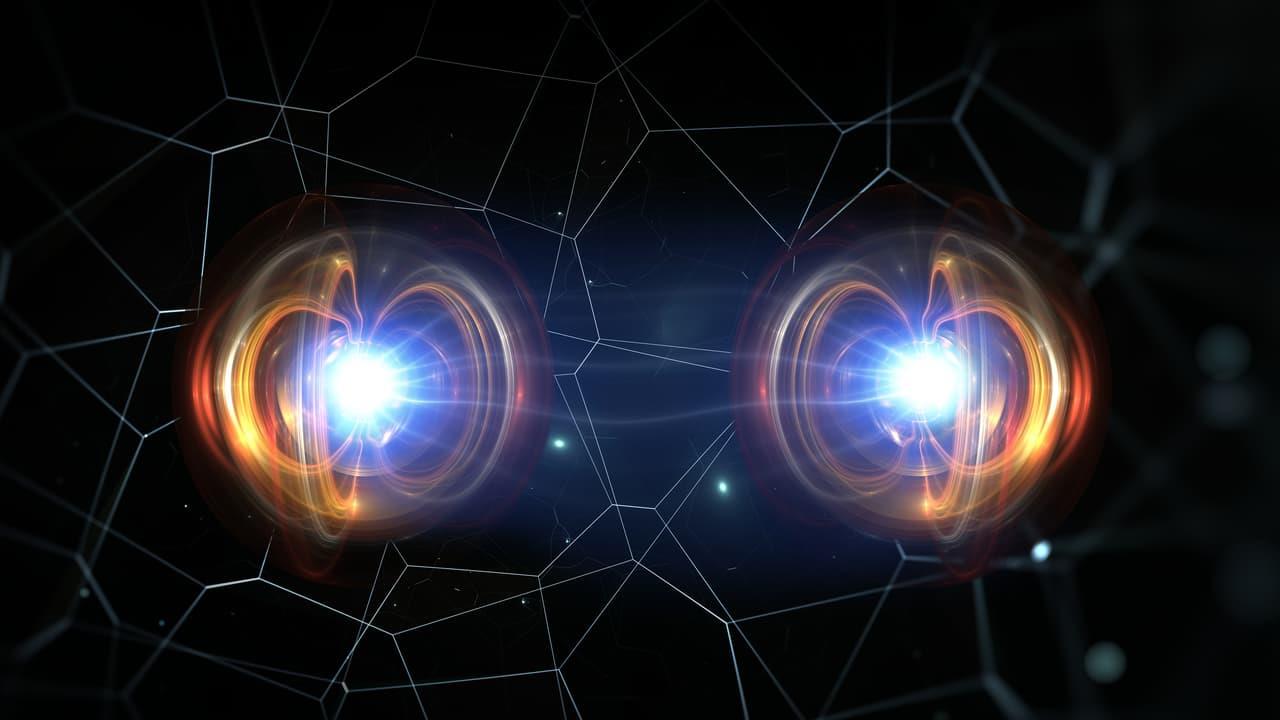Scientists Rethink Heisenberg's Limit, Opening Door To Quantum Super-Sensors
For nearly a century, physics students have been taught that Heisenberg's uncertainty principle is an unbreakable rule of nature: you can't measure both a particle's position and momentum with unlimited accuracy. Now, researchers in Australia and the U.K. have found a clever way to sidestep that restriction - and their work could change how we build the next generation of ultra-sensitive sensors.
Rethinking a“law” of physics
The principle, proposed in 1927 by German physicist Werner Heisenberg, describes a fundamental trade-off: the more precisely you know where a particle is, the less you know about how fast it's moving, and vice versa.
Dr. Tingrei Tan, a physicist at the University of Sydney, explains it with a simple metaphor:“Uncertainty is like air inside a balloon. You can't remove it, but you can squeeze it into places that don't matter, freeing up space where precision really counts.”
In other words, the team hasn't broken the principle - they've reimagined how it applies, pushing uncertainty into measurements that aren't as useful so that the details scientists care about can be observed with far greater accuracy.
From clocks to quantum particles
To picture how it works, think of a clock. If you only had the hour hand, you'd know roughly what time it was but not the exact minute. If you only had the minute hand, you'd know the minutes precisely but lose track of the bigger picture. The Sydney researchers applied a similar idea at the quantum level, trading some broad context for incredibly sharp detail.
Using the tiny vibrations of a trapped ion - essentially the quantum version of a pendulum - the team prepared“grid states,” a special quantum state first developed for error-corrected quantum computers. This allowed them to measure both position and momentum together, with a precision that beats the so-called“standard quantum limit” that holds back classical sensors.
Why this matters
This breakthrough, published in Science Advances, could have real-world consequences. Ultra-precise sensors could guide submarines and spacecraft in places where GPS doesn't work, sharpen biological and medical imaging, or even help scientists probe the mysteries of the universe.
“We haven't violated Heisenberg's principle,” said co-author Dr. Ben Baragiola of RMIT University.“We've simply found a smarter way of working within the rules of quantum mechanics to measure what matters most.”
Legal Disclaimer:
MENAFN provides the
information “as is” without warranty of any kind. We do not accept
any responsibility or liability for the accuracy, content, images,
videos, licenses, completeness, legality, or reliability of the information
contained in this article. If you have any complaints or copyright
issues related to this article, kindly contact the provider above.
Most popular stories
Market Research

- Alt.Town Introduces $TOWN Token Utility Across Platform Services And Launches Valuefi Deposit Event
- BTCC Exchange Maintains 143% Total Reserve Ratio In September 2025 Demonstrating Continued Financial Strength
- Salvium Solves The Privacy Paradox: Salvium One Delivers Mica-Compliant Privacy That Exchanges Can List
- Zebu Live 2025 Welcomes Coinbase, Solana, And Other Leaders Together For UK's Biggest Web3 Summit
- Tapbit At TOKEN2049: Reshaping The Crypto Landscape Through Product Innovation
- Thrivestate Launches“Fly Before You Buy” Program, Enabling International Buyers To Explore Dubai Before Committing






















Comments
No comment